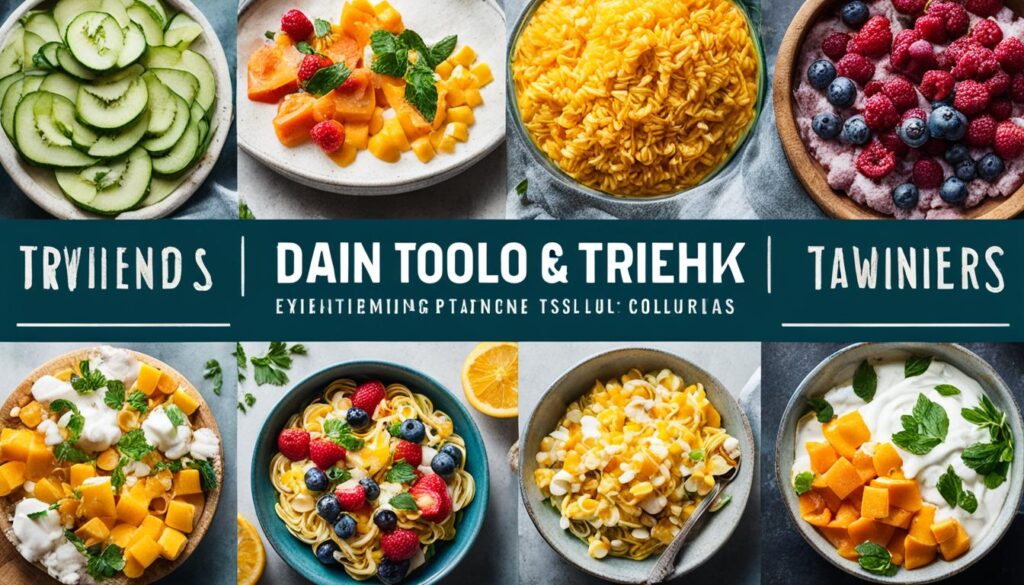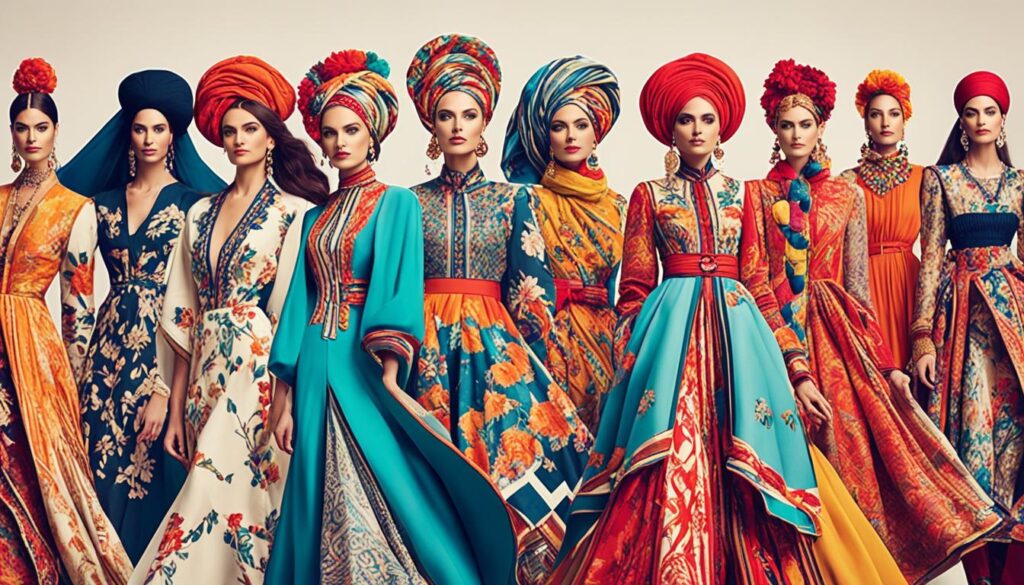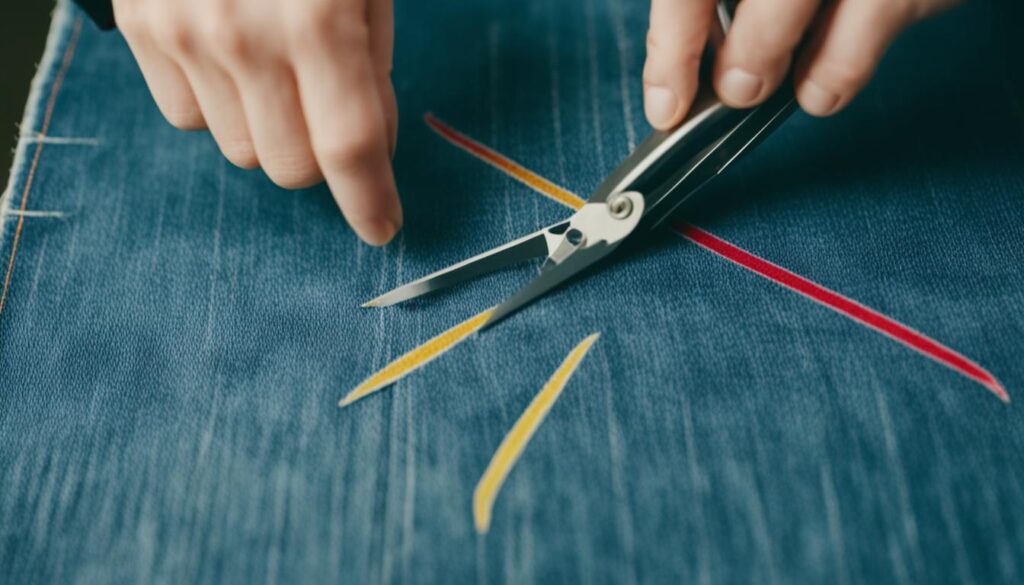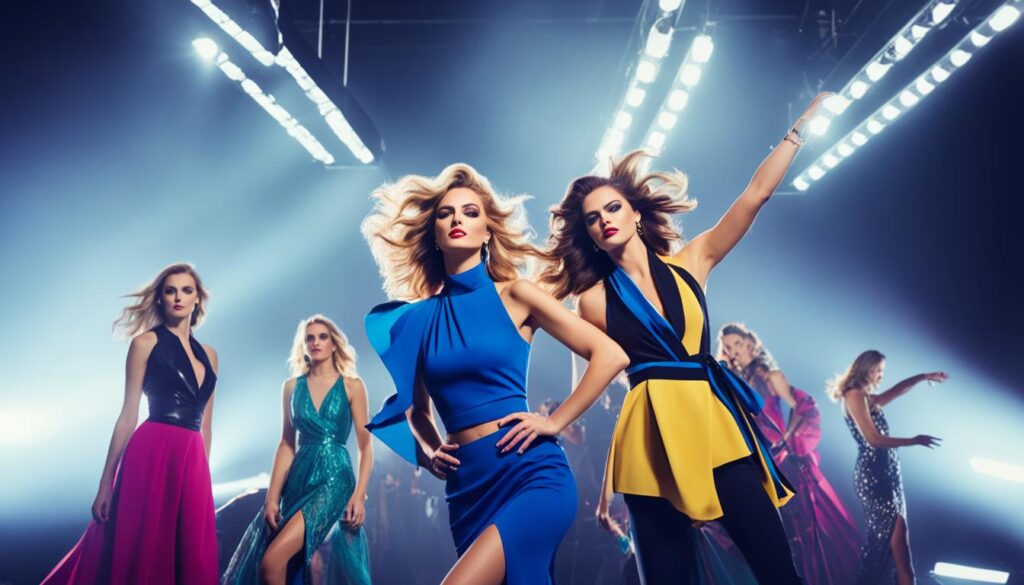Are you looking to take your food photography skills to the next level? Want to capture stunning images of your dishes that will make your social media followers drool? Look no further than these essential food photography tips that will help you elevate your feed. Whether you’re an aspiring food influencer or just love sharing delicious meals with your friends, these tips will transform your food photos into mouthwatering masterpieces.
Social media platforms like Instagram have become the go-to place for food enthusiasts to showcase their culinary creations. The right techniques and tips can make all the difference in capturing the attention of your followers and standing out in a sea of food photos. From understanding lighting and composition to styling and editing, this article will provide you with the tools you need to create eye-catching food photos that will leave everyone craving for more.
Key Takeaways:
- Utilize natural light to enhance the colors and textures of your dishes.
- Look for interesting patterns in your compositions to add visual interest.
- Highlight vibrant colors to grab the attention of your viewers.
- Simplify your composition to let the food be the star of the show.
- Build a collection of props and backgrounds to create diverse and captivating compositions.
Use Natural Light to Your Advantage
One of the most critical factors in food photography is lighting. Instead of relying on artificial lighting sources, utilize natural light to capture the beauty of your dishes. Position yourself near a window to take advantage of soft, directional light that enhances the texture and colors of the food. Train your eye to see how light and shadows shape the food and give it depth. By using natural light effectively, you can create stunning and visually appealing food photos.
Window Light: Soft and Directional
When photographing food, it’s essential to understand the different qualities of light. Window light, in particular, can be a game-changer for your food photography. It provides a soft and directional light source that is ideal for capturing the delicate details and textures of your dishes.
| Benefits of Window Light | Drawbacks of Window Light |
|---|---|
|
|
To make the most of window light, position your setup close to the window, taking into account the direction of the light and the shadow it creates. Experiment with different angles and observe how the light interacts with your food. Use reflectors or bounce cards to fill in shadows and add more dimension to your photos.
“Natural light is the best friend of food photographers. It offers a soft, flattering glow that brings out the best in your dishes.”
By maximizing the use of natural light, you can achieve beautiful, soft, and well-lit food photography. Positioning yourself near a window allows you to take advantage of the unique qualities of window light, highlighting the texture, colors, and details of your food. Experiment with different setups, angles, and composition techniques to create visually stunning and appetizing food photos.
Capture Interesting Patterns
To make your food photos visually engaging, look for interesting patterns in your compositions. Patterns can add visual interest and captivate your audience. Whether you find patterns in the food itself or incorporate them through props or backgrounds, capturing these patterns can enhance the aesthetic appeal of your photos.
“Patterns add an element of surprise and create a sense of rhythm in your food photography. They can range from simple and repetitive to complex and abstract. Experimenting with different patterns can help you create a visually gripping composition that stands out on social media.” – Amy Thompson, Food Stylist
When looking for patterns, keep in mind the overall food composition. Consider the shape, texture, and colors of the ingredients. Look for repetitive lines, shapes, or textures that can add visual appeal to your photo.
Additionally, you can incorporate props or backgrounds that have interesting patterns to enhance your composition. For example, you can use a patterned tablecloth, a decorative plate, or even a utensil with a unique design. These elements can complement the food and create an intriguing visual story.
To inspire you, here is an example of a food photo that captures interesting patterns:
| Food | Patterns |
|---|---|
| Pancakes |
|
| Fruit Salad |
|
| Pasta |
|
In the example above, the pancakes showcase circular shapes and stacked layers, creating an appealing pattern. The fruit salad exhibits diced pieces of fruit and interlocking slices of citrus fruits, adding visual interest. Lastly, the pasta displays curved shapes and a repeating pattern of pasta strands, captivating the viewer.
Experimenting with patterns adds an extra layer of creativity to your food photography. Keep an eye out for unique and captivating patterns that can turn an ordinary dish into an extraordinary visual delight.
Highlight Colors That Pop
Colors play a significant role in food photography. By incorporating vibrant colors into your compositions, you can create visually stunning and attention-grabbing photos. Here are some food photography tips to make your colors pop:
- Experiment with food styling: Use colorful garnishes, vibrant ingredients, and visually appealing props to enhance the overall visual impact of your photos.
- Play with color contrast: Contrasting colors can add depth and visual interest to your compositions. Pair complementary colors or use color theory principles to create visually striking photos.
To illustrate the power of vibrant colors in food photography, take a look at the image below:

As you can see, the vibrant colors of the fruits and vegetables create a visually appealing and enticing composition.
Color Palette Inspiration
| Fruit | Color |
|---|---|
| Strawberries | Red |
| Pineapple | Yellow |
| Blueberries | Blue |
| Kiwis | Green |
| Oranges | Orange |
By incorporating these vibrant colors into your food photography, you can create eye-catching and visually appealing compositions that stand out on social media.
Simplify Your Composition
Sometimes, less is more in food photography. By embracing minimalism and simplicity, you can create captivating images that allow the food to take center stage. Avoid clutter and unnecessary distractions, enabling your audience to focus on the main subject – the delicious dish in front of them.
Create a focal point in your composition to draw attention to the most enticing elements of the food. Whether it’s a beautifully styled plate or a perfectly garnished dessert, highlight the star of the show. By making the focal point the highlight of your photo, you can create a visually striking image that captures the viewer’s attention.
Make intentional use of negative space in your composition. Negative space is the empty or blank area that surrounds the main subject. By incorporating negative space, you can create a sense of balance and harmony in your photos. It allows the viewer’s eye to rest and appreciate the beauty of the food without distraction.
Remember, simplicity doesn’t mean boring. It’s about creating a clean and uncluttered composition that showcases the essence of the food. With a minimalist approach and strategic use of focal points and negative space, you can create impactful and visually pleasing food photos that stand out.
Minimalism Example
| Without Minimalism | With Minimalism |
|---|---|
 |
Build Your Collection of Props and Backgrounds
When it comes to food photography, props and backgrounds are essential elements that can elevate the overall aesthetics of your photos. By incorporating the right props and choosing suitable backgrounds, you can add depth, personality, and visual interest to your food compositions. Here are some essential tips to help you build an impressive collection of food props and backgrounds.
1. Mix and Match: Bought and Homemade Props
Collecting a variety of food props is a great way to add versatility to your food styling. Explore both online and offline stores to find unique, eye-catching props that suit your aesthetic and complement your dishes. But don’t overlook the charm of handmade props! Creating your own props allows you to infuse a personal touch and uniqueness into your compositions.
2. Look Beyond the Obvious
Expand your horizon and think outside the box when sourcing props. Antique shops, flea markets, and thrift stores often hold hidden treasures that can bring a touch of character and nostalgia to your food photography. Discount stores and dollar shops are also great places to find inexpensive yet stylish props that can add a splash of color or texture to your compositions.
3. Experiment with Backgrounds
Choosing the right background can significantly impact the mood and overall aesthetic of your food photos. Experiment with different textures, colors, and materials to find backgrounds that complement your dishes and create a visually captivating composition. Consider using wooden boards, marble slabs, vintage fabrics, and even colorful textured paper as backgrounds that add depth and visual interest to your food compositions.
4. Think About Scale and Proportion
When selecting props and backgrounds, consider the scale and proportion of your dishes. Ensure that your props are neither too large nor too small, as they should enhance the focus on the food. Similarly, the background should not overpower the dish but rather provide a balanced visual backdrop for it.
Remember, the goal is to create a harmonious and visually appealing composition that highlights the beauty of the food.
5. Capture the Essence of the Dish
Incorporate props and backgrounds that reflect the essence and theme of your dish. For example, if you’re photographing a rustic homemade pie, vintage baking utensils and a weathered wooden table can create a cozy and inviting atmosphere. Experiment with different combinations to find what best complements the story you want to tell through your food photography.
With these tips in mind, start building your collection of food props and backgrounds to enhance the visual appeal of your food photography compositions. Remember, a well-curated collection allows for endless creativity and helps create captivating images that will make your dishes shine.
Get Creative and Break the Rules
While it’s essential to learn and apply fundamental food photography techniques, don’t be afraid to let your creativity shine and break the rules. Experimentation is key to finding unique compositions and capturing unconventional shots that will make your food photos stand out on social media.
“Creativity is allowing yourself to make mistakes. Art is knowing which ones to keep.” – Scott Adams
One way to spark your creativity is to explore different angles and perspectives when photographing food. Instead of the typical straight-on shot, try shooting from above to capture an interesting bird’s eye view or get down low for a unique and intimate perspective. Don’t be afraid to tilt your camera or experiment with unconventional framing to add visual interest to your compositions.
Another way to break the rules is by playing with lighting and shadows. Instead of always aiming for a perfectly lit shot, embrace the dramatic effect of shadows or experiment with moody lighting for a more artistic approach. This can add depth and intrigue to your photos, creating a captivating visual experience for your audience.
Think Outside the Box
When it comes to food photography, thinking outside the box can lead to exceptional results. Don’t be afraid to take risks and try new techniques or incorporate unexpected elements into your compositions.
Consider using props that are unconventional but visually appealing, such as antique silverware or vibrant flowers, to add a unique touch to your photos. Experiment with different textures and materials to create eye-catching backgrounds that complement your dishes. By breaking away from the ordinary, you can create memorable and visually stunning food photos.
Remember, creativity is subjective, and what might seem unconventional to one person could be an innovative masterpiece to another. Trust your instincts, embrace your style, and let your creativity shine through.
Experimenting with different angles, perspectives, compositions, lighting, and props allows you to push the boundaries of traditional food photography and create images that are truly unique and captivating. Don’t be afraid to break the rules and let your creativity soar to new heights.
Conclusion
Elevating your food photography skills for social media is within reach, regardless of expensive equipment or professional studios. By employing natural light, capturing intriguing patterns, emphasizing vibrant colors, simplifying your composition, building a collection of props and backgrounds, embracing creativity, and breaking the traditional rules, you can produce breathtaking food photos that will entice online viewers. Remember to enhance the overall appeal of your photos by editing them with easy-to-use mobile editing apps. With consistent practice and unwavering dedication, you can transform ordinary food snapshots into mouthwatering posts that captivate your audience across various social media platforms. So grab your smartphone, find the perfect lighting, and embark on the journey of experimenting with these invaluable food photography tips to amplify your online presence!
















